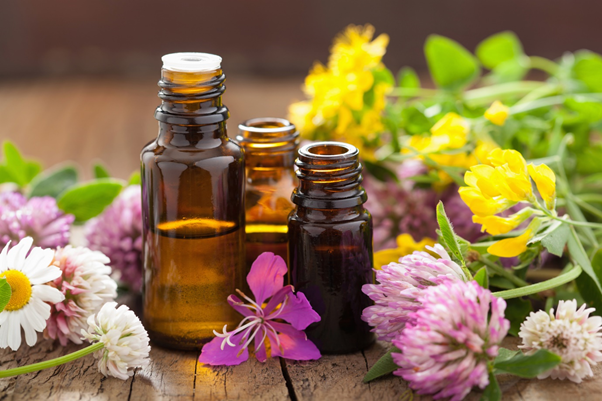As more people have turned their focus to self-care, essential oils have soared in popularity. You can find essential oils everywhere, from bathroom medicine cabinets to luxurious spas.
If you’re new to using essential oils, knowing which to try and how to use them can be daunting.
To get started, read on to learn how to use essential oils the right way.
Choose Your Oils
The first step to using essential oils is selecting the right oils for you. There are several types of essential oils including citrus, floral, earthy, and spice oils.
Some claim that certain oils offer benefits to your health and overall well-being. However, research is mixed regarding the effects of essential oils.
You can still enjoy the pleasure of using these oils by choosing which scents you like most. Order an essential oil sampler or go to a local shop where you can smell a variety of oils. And don’t forget blends, which highlight two or more amazing oils in one scent. For more on blended essential oil aromas, learn here.
Be Aware of Risks
Before using essential oils, it’s important to be aware of a few risks. Just because essential oils are natural doesn’t mean there are no dangers involved when using them.
Firstly, make sure to always keep oils away from pets and small children. If you plan to diffuse essential oils (more on that later), first check that your chosen oils are safe for pets to breathe in. In some cases, essential oils can be toxic to dogs, cats, birds, and other small animals.
If you’re pregnant or have certain health conditions, such as high blood pressure, it’s best to check with your doctor before use.
Finally, never ingest essential oils. Most essential oils are not intended to be ingested, even if they come from a food source, such as lemon.
Applying Topically vs Inhaling
The two most common ways to use essential oils are by applying topically to skin or inhaling.
Topical use makes sense if you want to use your essential oil like a perfume, dabbing it on your wrists, neck, and other areas of skin. Just be sure to do a small patch test first to check for any irritation or allergic reaction.
Some examples of topical essential oil uses include:
- using tea tree oil on blemishes
- using peppermint oil as an anesthetic
- using lavender oil during a massage
Many people also enjoy inhaling essential oils, often via a diffuser. That way, they can fill their room with their favorite scent. This is often referred to as aromatherapy.
Some examples of aromatherapy include:
- diffusing lemon, orange, rosemary, and lavender oils to boost memory
- diffusing lavender at night for relaxation
- sprinkling citrus oils to freshen up a smelly room
How to Use Essential Oils
There’s a wide range of essential oils to try, whether applied directly to skin or breathed in. Use these tips on how to use essential oils to get started.
For more health and wellness how-tos, check out our other health blog posts!




